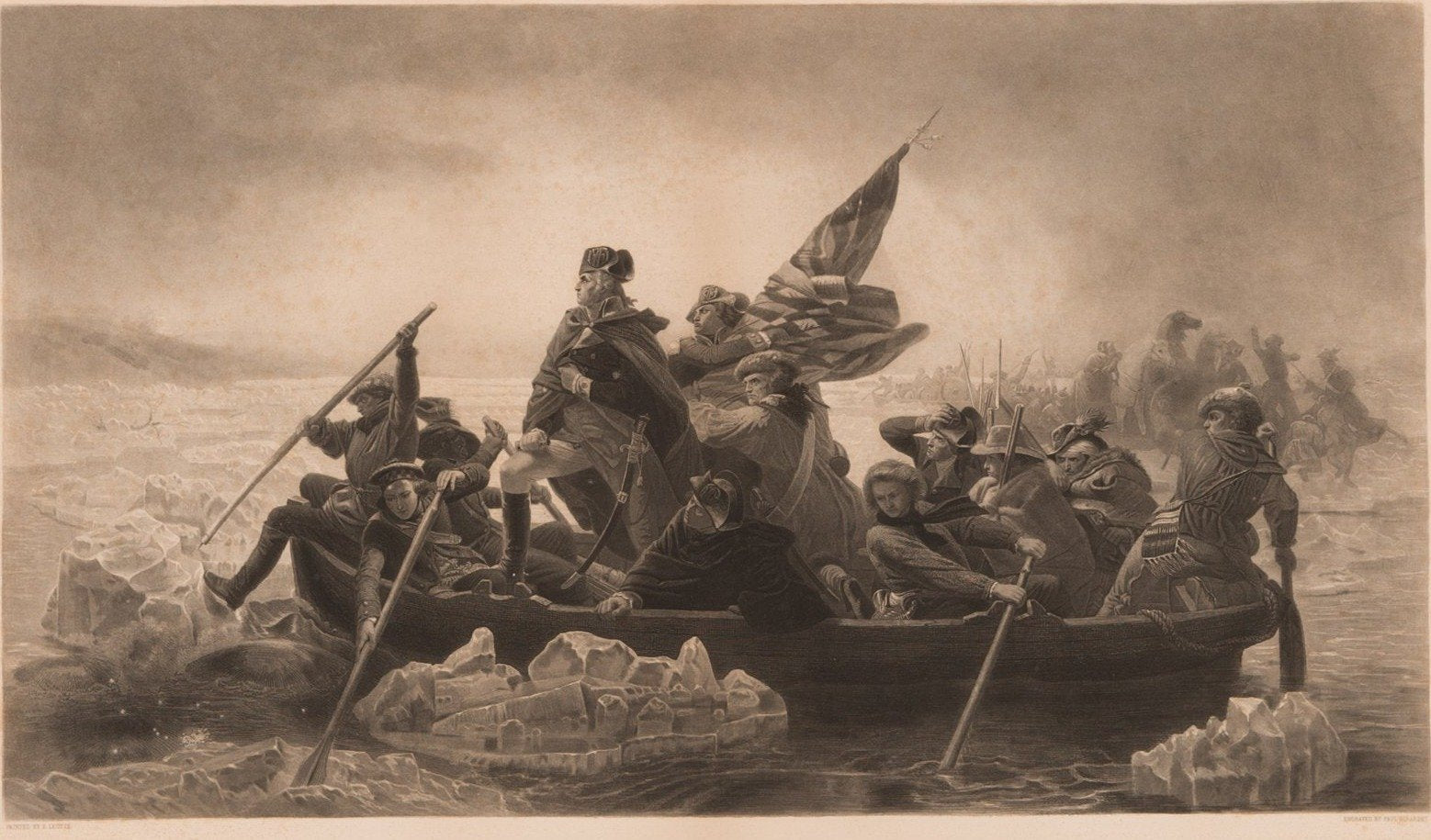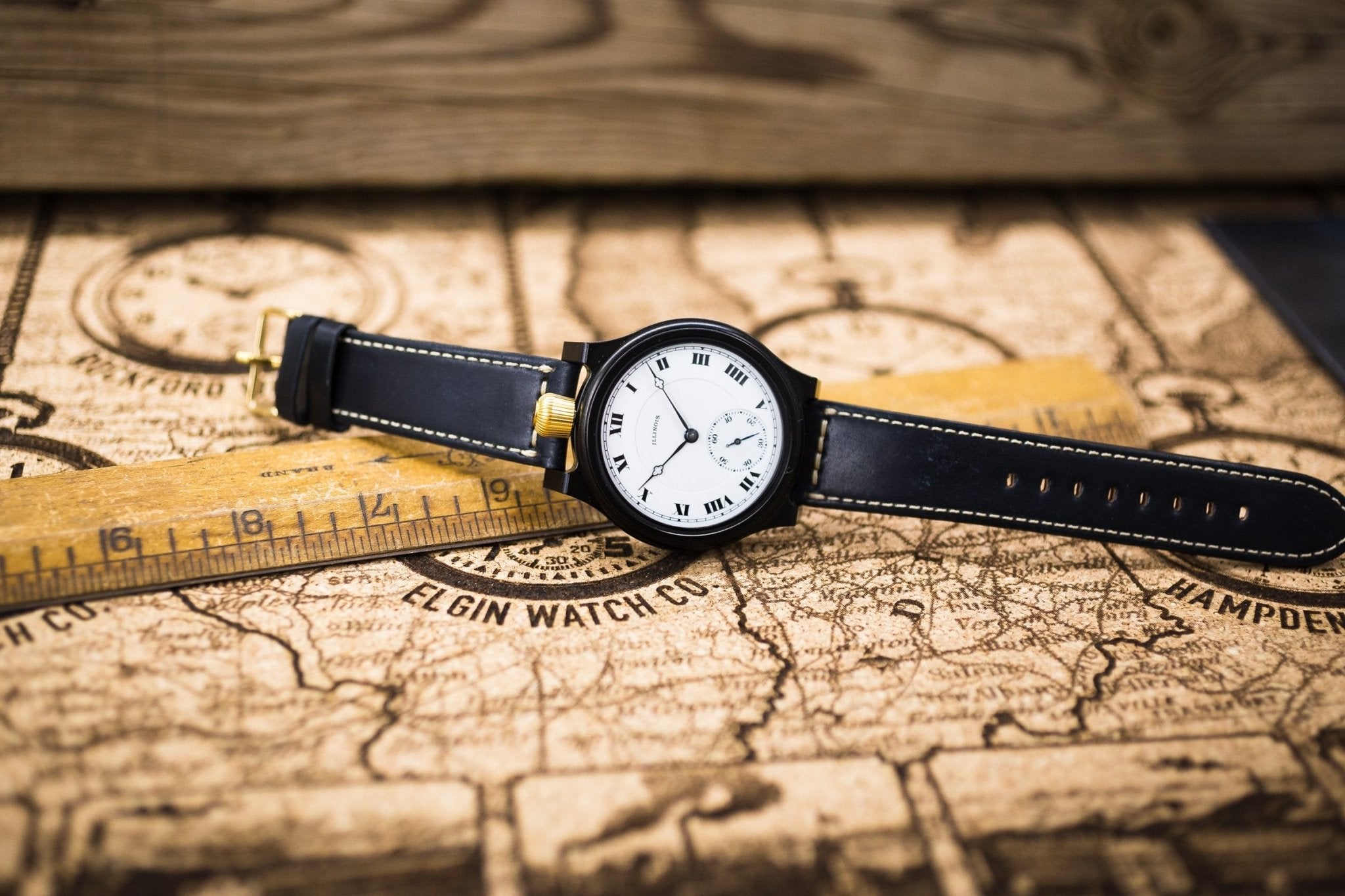Washington’s Farewell after the Revolutionary War
Following the end of the Revolutionary War, General George Washington was ready to begin a simple life back home with his wife Martha on their estate. On December 4, 1783, nine days after the last British soldiers left American soil, Washington invited the officers of the Continental Army to join him in the Long Room of Fraunces Tavern in New York City to bid them farewell.
Washington planned to retire to his home at Mount Vernon and begin his much awaited civilian life. He met with his generals to bid them goodbye, as well as to congratulate them following the close of the war. He expressed gratitude for his brothers in arms on this day.
One of the best known accounts of Washington’s farewell comes from the Memoirs of Colonel Benjamin Tallmadge, which was written in 1830 and is now in the collection of Fraunces Tavern Museum. As Tallmadge recalled,
“The time now drew near when General Washington intended to leave this part of the country for his beloved retreat at Mt. Vernon. On Tuesday the 4th of December it was made known to the officers then in New York that General Washington intended to commence his journey on that day.
At 12 o’clock the officers repaired to Fraunces Tavern in Pearl Street where General Washington had appointed to meet them and to take his final leave of them. We had been assembled but a few moments when his excellency entered the room. His emotions were too strong to be concealed which seemed to be reciprocated by every officer present. After partaking of a slight refreshment in almost breathless silence the General filled his glass with wine and turning to the officers said, ‘With a heart full of love and gratitude I now take leave of you. I most devoutly wish that your latter days may be as prosperous and happy as your former ones have been glorious and honorable...’”
This large, handsome engraving entitled Washington and His Generals depicts this historic event. Washington is shown in the center of the image, surrounded by his generals in Fraunces Tavern.
The portraits of Washington and the officers shown in this print are excellent likenesses. Nathanial Greene, Alexander Hamilton, and G.M. Lafayette are shown prominently in the foreground of the print. Many of the naval contingent, including Commodores John Barry, Paul Jones, and Joshua Barney, are depicted together at left. The standing portrait of Washington is adapted from the full length statue by Houdon in Richmond, Virginia. The surrounding details of the room, including a bust of Benjamin Franklin and the classical furnishings, are also shown.
This print was produced by Alexander H. Ritchie, one of the best historical printmakers of the mid-nineteenth century. Ritchie is particularly known for the clarity and richness of his engravings and this fine image is an excellent example of his work. The print was published in 1870.
It was unknown at the time that in only six years, the Father of Our Country would be called out of retirement to serve as the first President of the United States!
Contributors to Fraunces Tavern, History. Fraunces Tavern® Museum, FRAUNCES TAVERN®. Frauncestavernmuseum.com. Accessed 26 May 2021.







